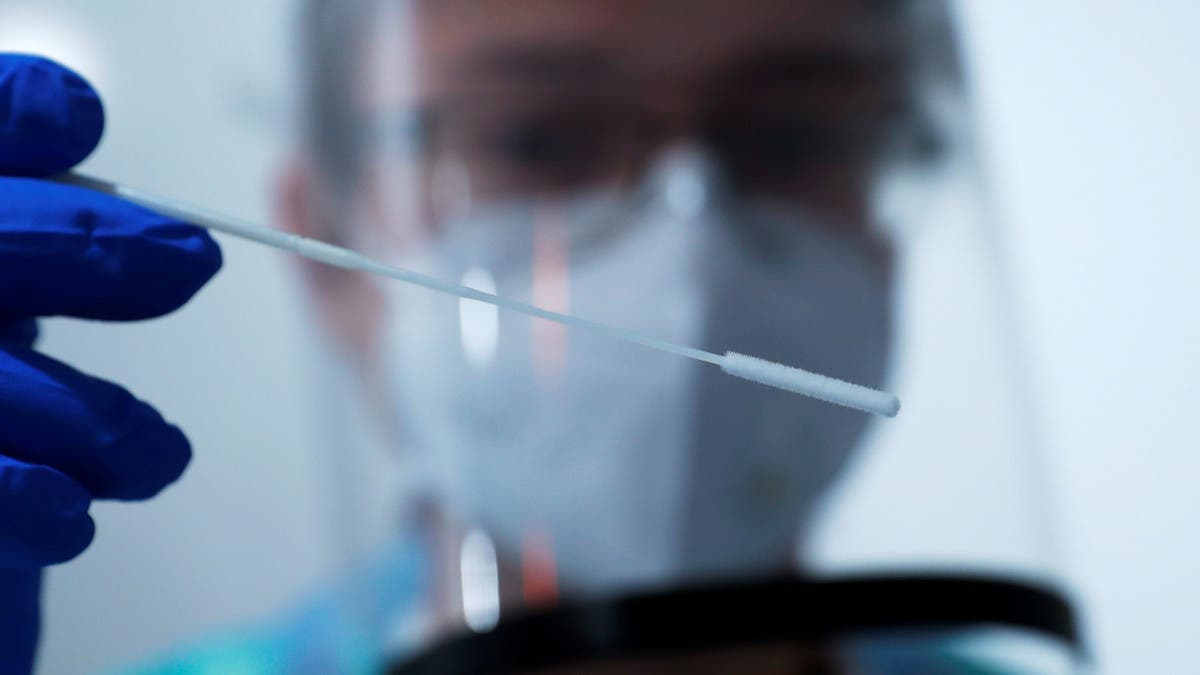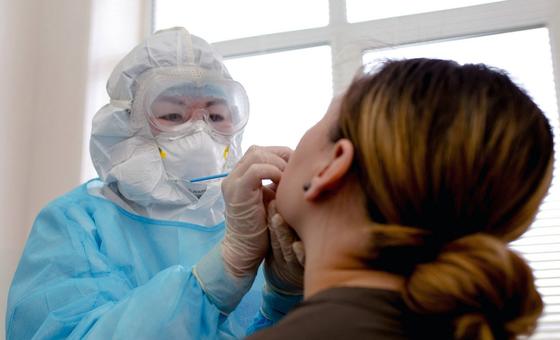Deep nostril swabs are the most effective at detecting a COVID-19 infection compared to saliva tests, a new study found.
Although this testing method is very uncomfortable, it has proven to be more effective than saliva tests and swabs going inside the nostril or under the tongue, as nasopharyngeal swabs involve inserting a swab far inside the nose.The study, conducted by researchers from Cornell University in New York, also found that detection rates were lower in asymptomatic patients, confirming the rationale for shortened isolation periods.
For more coronavirus news, visit our dedicated page.
“The study addressed the very important issue of identifying a sample type that would allow reliable detection of the virus, without significantly compromising the sensitivity of detection,” the study’s lead author Dr. Diego Diel said in a statement.
Diel, who is also an associate professor in the Department of the Virology Laboratory at the Animal Health Diagnostic Center, said that he and his colleague obtained four different samples: nasopharyngeal swabs, anterior nares swabs (front of the nostril), saliva, and sublingual swabs (under the tongue).
Samples were collected from symptomatic, asymptomatic, and post-symptomatic people to better understand testing efficiency.
The researchers found that nasopharyngeal samples provided the best rate of detection, ranging from 92 to 100 percent accuracy. This is likely because the virus replicates in the nasal turbinate, the tissue structures in the uppermost portion of the nose.
Detection rates from anterior nares and saliva specimens were slightly lower, at 92 to 96 percent for symptomatic patients, but the detection rate was lower in asymptomatic patients (75 to 92 percent accuracy).
COVID-19 detection of sublingual specimens was much poorer, with detection rates of only 40 to 60 percent from symptomatic patients and 25 to 42 percent from asymptomatic patient.
“We were surprised at the relatively short period in which infectious virus was detected,” Diel said.
For the latest headlines, follow our Google News channel online or via the app.
“The data is aligned with current CDC guidelines and their decision to decrease patient isolation periods from an initial 14-day period to 10 and ultimately to five.”
The study’s findings appear in the journal Microbiology Spectrum.
Read more:
US rolls out COVID-19 vaccine for children as young as six months
WHO: COVID-19 deaths rise, reversing a five-week decline
Baby boomers more likely to suffer from multiple chronic health issues than others

 World2 years ago
World2 years ago
 World2 years ago
World2 years ago
 Entertainment7 years ago
Entertainment7 years ago
 World7 years ago
World7 years ago
 Entertainment7 years ago
Entertainment7 years ago






